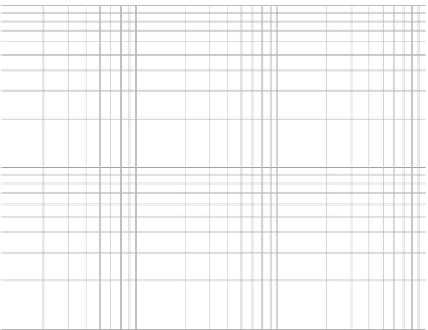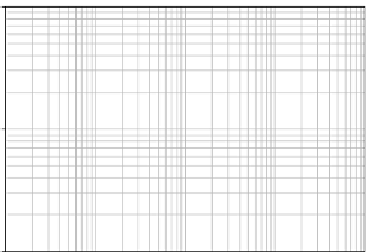Biomedical Engineering Reference
In-Depth Information
2. Terminal Velocity of Bubble Rise
Developments during the last few decades in the physico-chemical hydrodynamics
of bubble rise are summarized by Clift
et al.
[10] and Dukhin
et al.
[17]. The bub-
ble terminal velocity in a surfactant solution is still difficult to predict. Coupling
between the surfactant and mass transfer causes difficulties in the quantifying the
role of the surfactant concentration in bubble motion.
Experimental data for the terminal velocity of the bubble rise are well reported
in the literature [10] and shown in Fig. 4. Three special systems, namely, pure wa-
ter, grossly contaminated water and transition between pure water and grossly pure
Figure 4.
Experimental domain of terminal rise velocity of single bubbles in water [53] and the corre-
sponding drag coefficient,
C
d
,
versus
sphere-equivalent Reynolds number. The bubble shape domains
are estimated on the basis of equivalent rise velocity. Dash line shows the drag coefficient for solid
spheres [53].



































































































































































































































Search WWH ::

Custom Search